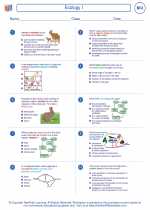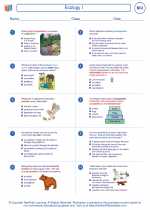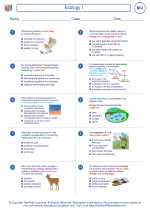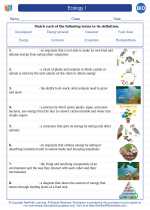Haumea
Haumea is a dwarf planet located in the Kuiper belt, a region of the solar system beyond the orbit of Neptune. It was discovered in 2004 by a team of astronomers led by Mike Brown at the Palomar Observatory in California.
Physical Characteristics
Haumea is named after the Hawaiian goddess of childbirth and fertility. It is an elongated and ellipsoidal object, with its longest axis being approximately 2,322 kilometers, making it one of the largest known trans-Neptunian objects. Haumea is unique in that it is the fastest rotating large object in the solar system, completing a full rotation in just under four hours. This rapid rotation causes Haumea to have an oblong shape, resembling a rugby ball.
Surface Composition
The surface of Haumea is primarily composed of crystalline water ice, which gives it a high albedo, or reflectivity. Observations have also revealed the presence of reddish-brown patches on its surface, which are thought to be the result of irradiation of frozen methane and other organic compounds by cosmic rays and solar ultraviolet radiation.
Orbital Characteristics
Haumea orbits the sun at an average distance of about 6.5 billion kilometers, with a highly eccentric and inclined orbit. Its orbital period is approximately 285 years. The dwarf planet has two small moons, Hi'iaka and Namaka, which were discovered in 2005 and 2005, respectively.
Study Guide
- What is the name of the dwarf planet located in the Kuiper belt?
- Who discovered Haumea and in which year?
- What is the shape of Haumea and what causes it?
- What is the primary composition of Haumea's surface?
- What gives Haumea its high albedo?
- How long does it take for Haumea to complete a full rotation?
- What are the names of Haumea's two moons?
- What is the average distance of Haumea from the sun?
- Describe Haumea's orbital characteristics.
[Haumea] Related Worksheets and Study Guides:
.◂Biology Worksheets and Study Guides High School. Ecology I

 Worksheet/Answer key
Worksheet/Answer key
 Worksheet/Answer key
Worksheet/Answer key
 Worksheet/Answer key
Worksheet/Answer key
 Vocabulary/Answer key
Vocabulary/Answer key
 Vocabulary/Answer key
Vocabulary/Answer key
